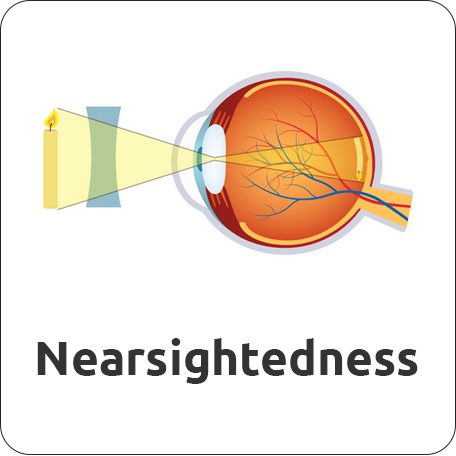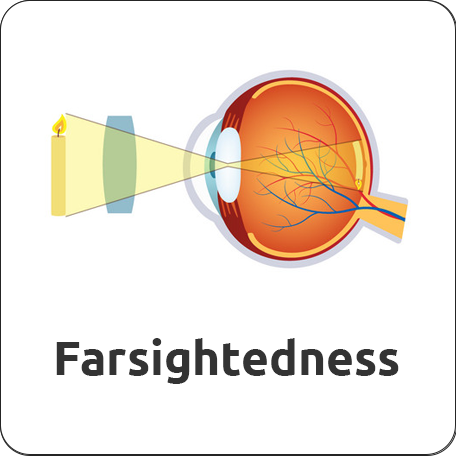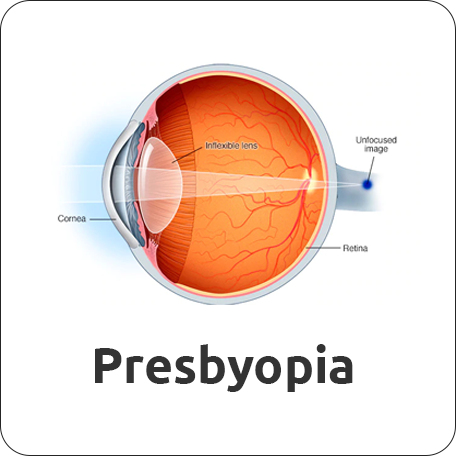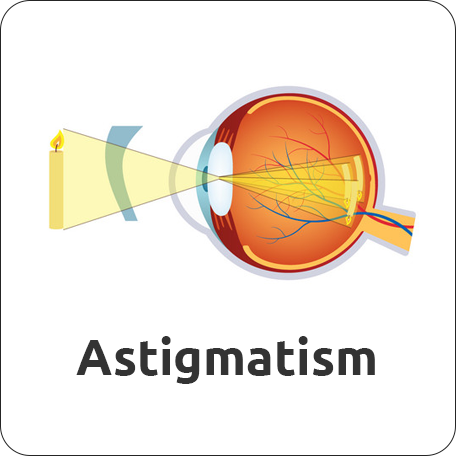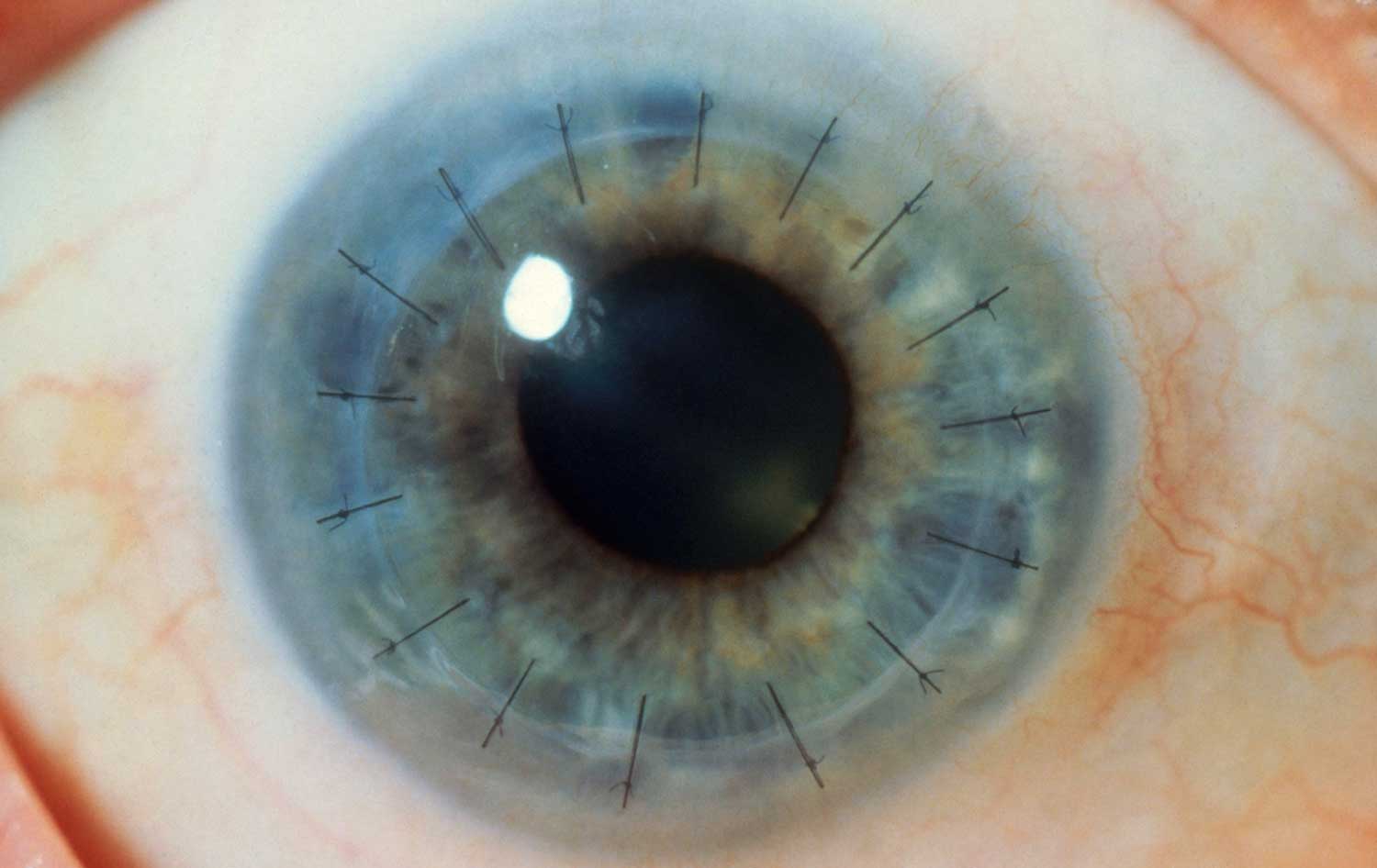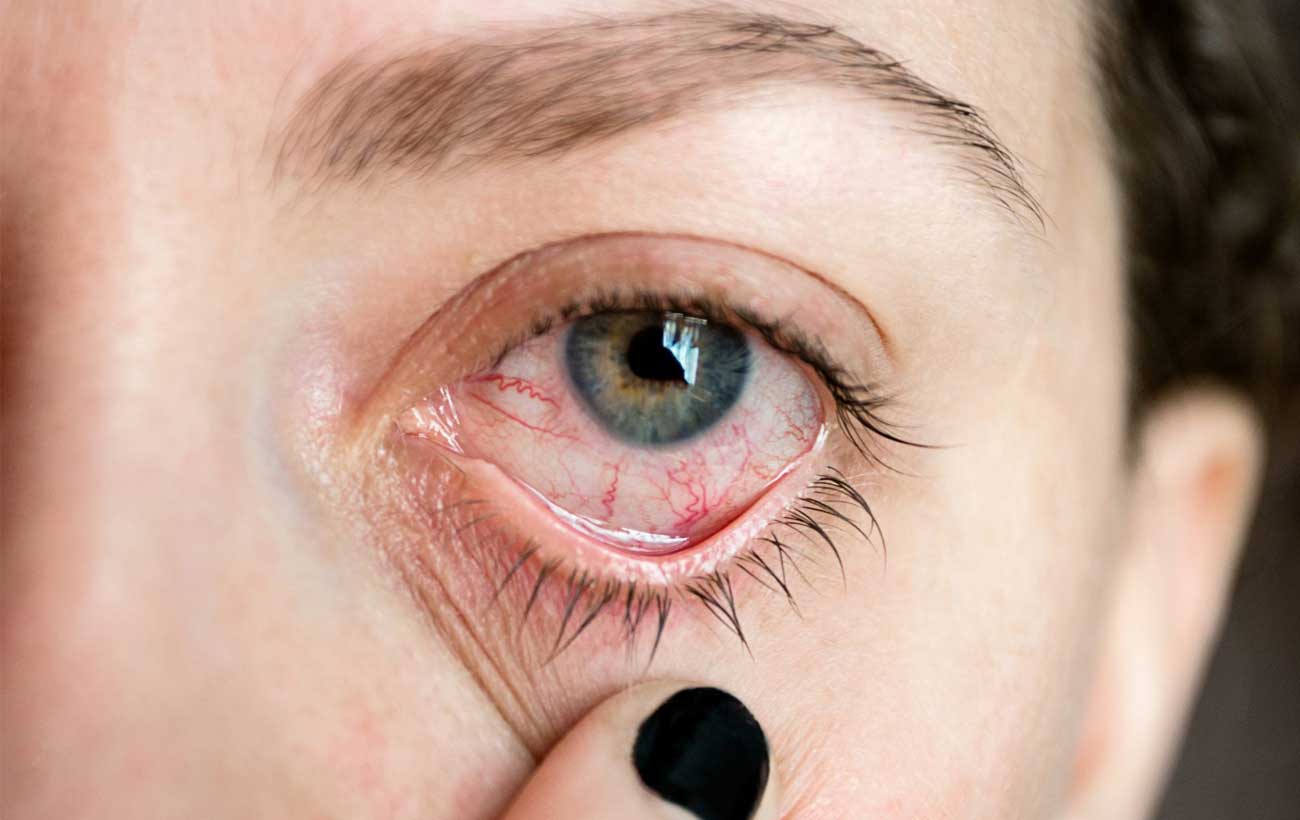Corneal Transplant Surgery in Iran A corneal transplant, also called keratoplasty replaces diseased or scarred…
In the eye, the cornea and lens work together to refract (bend) light rays from viewed objects and focus them on the retina, thereby producing an image. In normal vision, the light focuses directly on the retina, producing a sharp, clear image. However, if a person has a focusing disorder, the light focuses either behind or in front of the retina, producing a blurred image. The four most common focusing disorders are nearsightedness, farsightedness, astigmatism, and presbyopia.
In nearsightedness (also called myopia), either the eyeball is too long from front to back, or the focusing power of the cornea and lens is too great. As a result, images of distant objects are focused in front of the retina and are blurred. Images of nearby objects are focused on the retina and are usually sharp and clear.
The disorder usually begins to develop at about age 12 and may gradually worsen until about age 30. Nearsightedness tends to run in families.
- Treatments
- To correct nearsightedness a doctor will prescribe glasses or contact lenses that move the focal point for distant objects backward onto the retina to bring them into clear focus. Although nearsightedness is not likely to worsen after age 30, you should continue seeing your ophthalmologist for regular eye examinations.
- Doctors may recommend a surgical procedure called LASIK to correct nearsightedness in people who cannot or do not want to wear glasses or contact lenses.
In farsightedness (also called hyperopia), either the eyeball is too short from front to back or there is a weakness in the focusing ability of the cornea and lens. As a result, images of nearby objects can be focused behind the retina and are blurred. Images of distant objects are focused on the retina and are usually seen clearly. Farsightedness is usually congenital (present from birth) and tends to run in families.
- Treatments
- In younger people, mild farsightedness is often overcome by a natural process called accommodation, in which the ciliary body muscles (muscles surrounding the lens that help to control the shape of the lens) contract to thicken the lens and make it more convex. This brings the focal point for nearby objects forward onto the retina and produces a sharp, clear image. Farsighted people whose eyes can accommodate well usually do not need treatment.
To correct farsightedness, a doctor will prescribe glasses or contact lenses to boost the focusing power of the cornea and lens and move the focal point forward onto the retina to enable you to see more clearly. As you get older, usually beginning after age 40, the ciliary body muscles in the eye may gradually weaken. For this reason, you will probably need stronger glasses every few years. In some cases, ophthalmologists may recommend LASIK to correct farsightedness.
At rest, the lens in the normal eye is focused for distance vision. To focus on closer objects, the ciliary body muscles in the eye contract to thicken the lens and make it more convex (curved outward), a natural process called accommodation. With age, the lens of the eye hardens, gradually reducing its ability to accommodate (focus on nearby objects). This condition, called presbyopia, usually develops when a person is in his or her mid-40s, and gradually worsens as he or she gets older.
- Treatments
- To correct presbyopia, your doctor will prescribe glasses to compensate for the inability of the lens to focus, which will enable you to see nearby objects clearly. You will need slightly stronger glasses every few years as you get older, until about age 65, to compensate for your decreasing focusing ability. After age 65, the lenses of the eyes stop changing.
If you are already wearing glasses to correct a focusing disorder, you can avoid the need for two pairs of glasses by getting bifocals. In bifocals, the upper part of each lens is for distance vision and the lower part is for close vision. Some types of bifocals gradually change strength from the middle of the lens to the bottom without a visible line between the lenses. Bifocal contact lenses are also available, or you may want to consider wearing a contact lens focused for distance vision in one eye and a contact lens focused for close vision in the other eye (called monovision).
Astigmatism is distorted vision caused by an uneven curvature of the front surface of the cornea (the clear, protective covering at the front of the eye). This uneven shape prevents light from focusing properly on the retina.
- Treatments
- Mild astigmatism usually does not need to be corrected. To correct more severe astigmatism and enable a person to see clearly, a doctor prescribes glasses or contact lenses that are shaped to the curvature of the cornea. The shape compensates for the unevenness of the surface of the cornea. In some cases, ophthalmologists recommend LASIK to correct astigmatism.
Corneal Transplant Surgery
October 11, 2021
Corneal Transplant Surgery in Iran A corneal transplant, also called keratoplasty replaces diseased or scarred…
Watering Eye
July 13, 2021
A watering eye is an uncommon condition characterized by continuous tearing of the eye. Sometimes…
Scleritis
July 12, 2021
Scleritis is inflammation of the sclera (the white of the eye). The condition is rare…
Uveitis
July 12, 2021
Uveitis is inflammation of the uvea, which consists of the iris (the colored part of…

